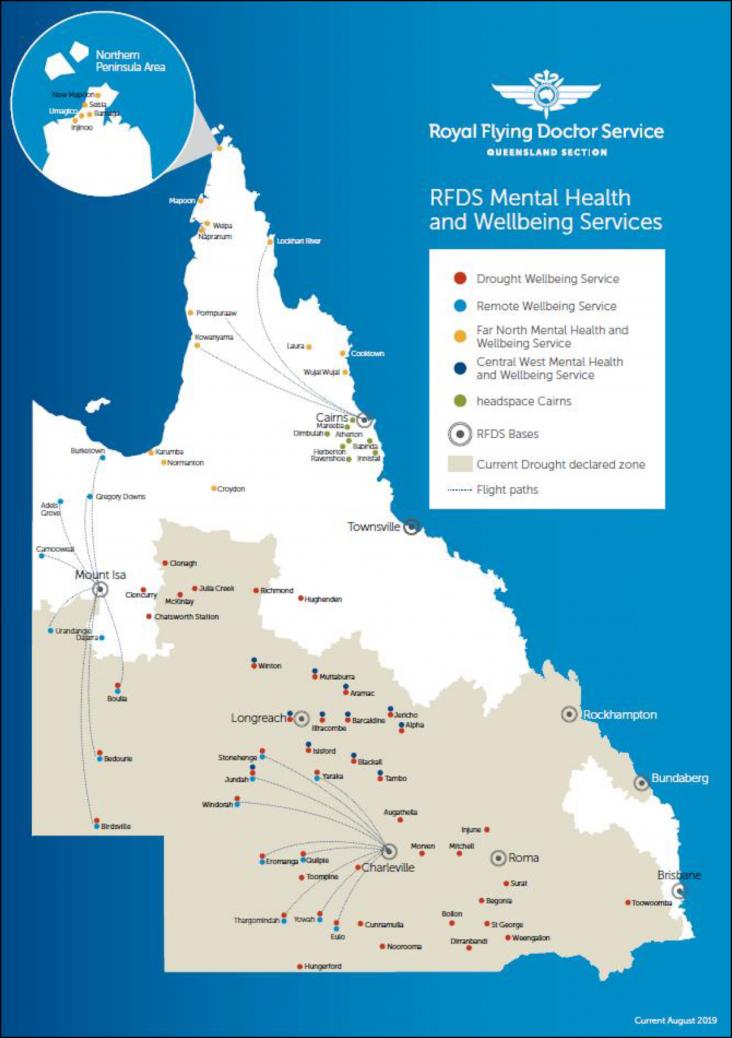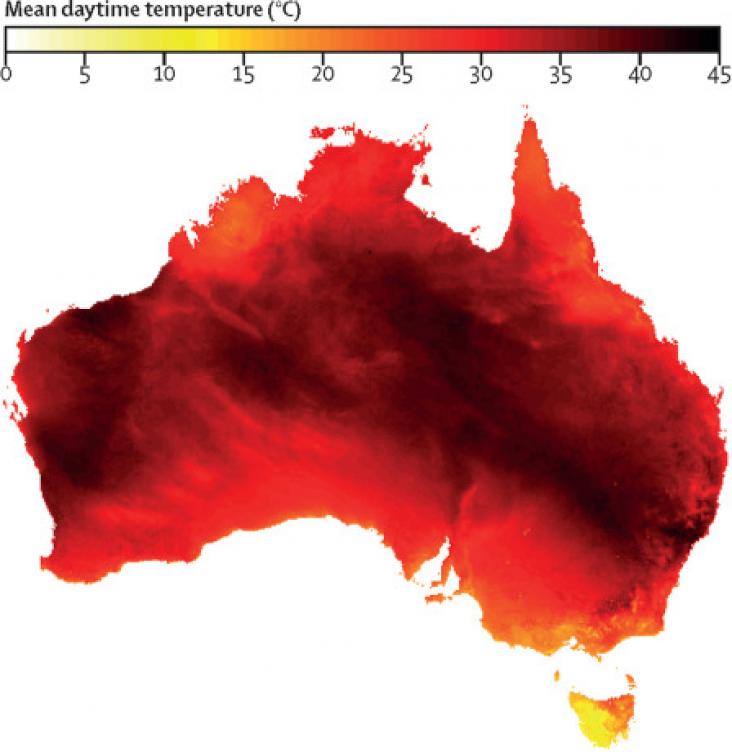
A cohort study in Queensland, Australia, in the context of SDG 3 and 10, highlighting the need for culturally appropriate mental health and wellbeing services that meet the needs of Indigenous communities.
An Article on the vulnerability of Indigenous populations to pandemics, in the context of SDGs 3 and 10, focusing specifically on the clinical characteristics and outcomes following COVID-19 in Indigenous Brazilian individuals.
This Article supports SDG 3 by describing the prevalence of HBV infection among children who received hepatitis B vaccination at birth. Prevalence was lowest in those who received vaccination within 24 hours of birth, although there was still substantial risk of infection even with timely vaccination.
Background: In autoimmune hepatitis (AIH), clinical practice and treatment guidelines frequently diverge as a reflection of disease heterogeneity and challenges in achieving standardised care.
Background: Hepatitis C is a preventable and treatable disease that has been declared a public health problem.
Background & Aims: HBV infects over 257 million people worldwide and is associated with the development of hepatocellular carcinoma (HCC).
In the journey towards attaining the Sustainable Development Goals (SDGs), large scale organic farming has emerged as a strategy of increasing significance.

Background: Increasing air conditioner use for cooling indoor spaces has the potential to be a primary driver of global greenhouse gas emissions.

This Special Issue highlights publicly available journal articles and book chapters focusing on various humanitarian issues related to the crisis in the Ukraine and other countries.
In this episode of The Lancet Voice, linked to SDGs 3 and 16, Oksana Pyzik joins Gavin Cleaver and Jessamy Bagenal to talk about the short and long-term health impacts of the conflict in Ukraine, and what happens next for those forced to flee.
